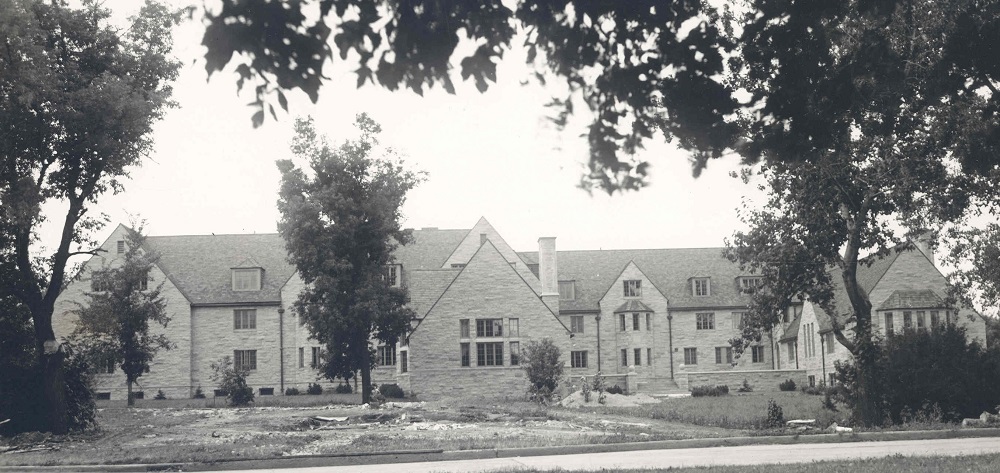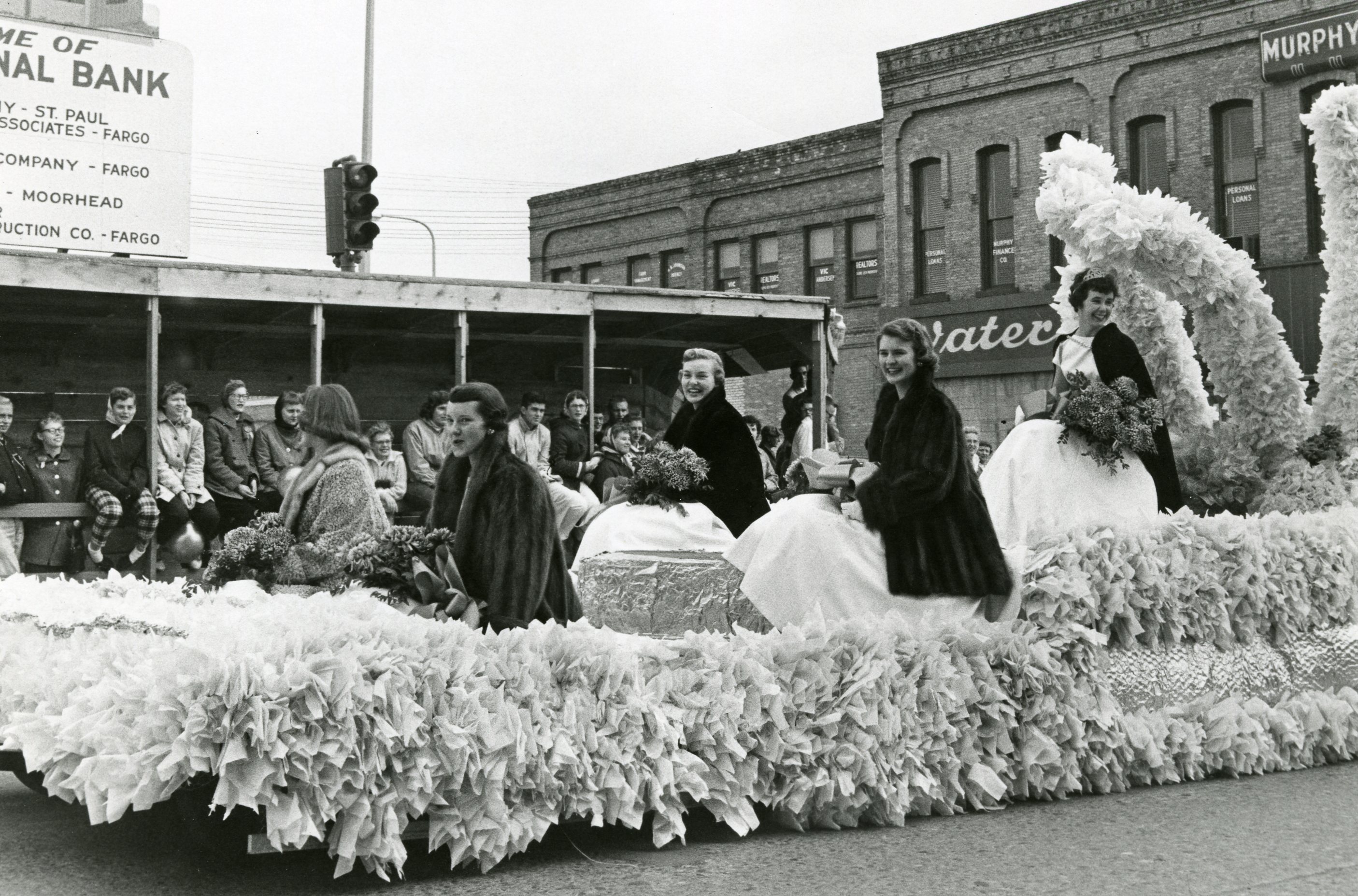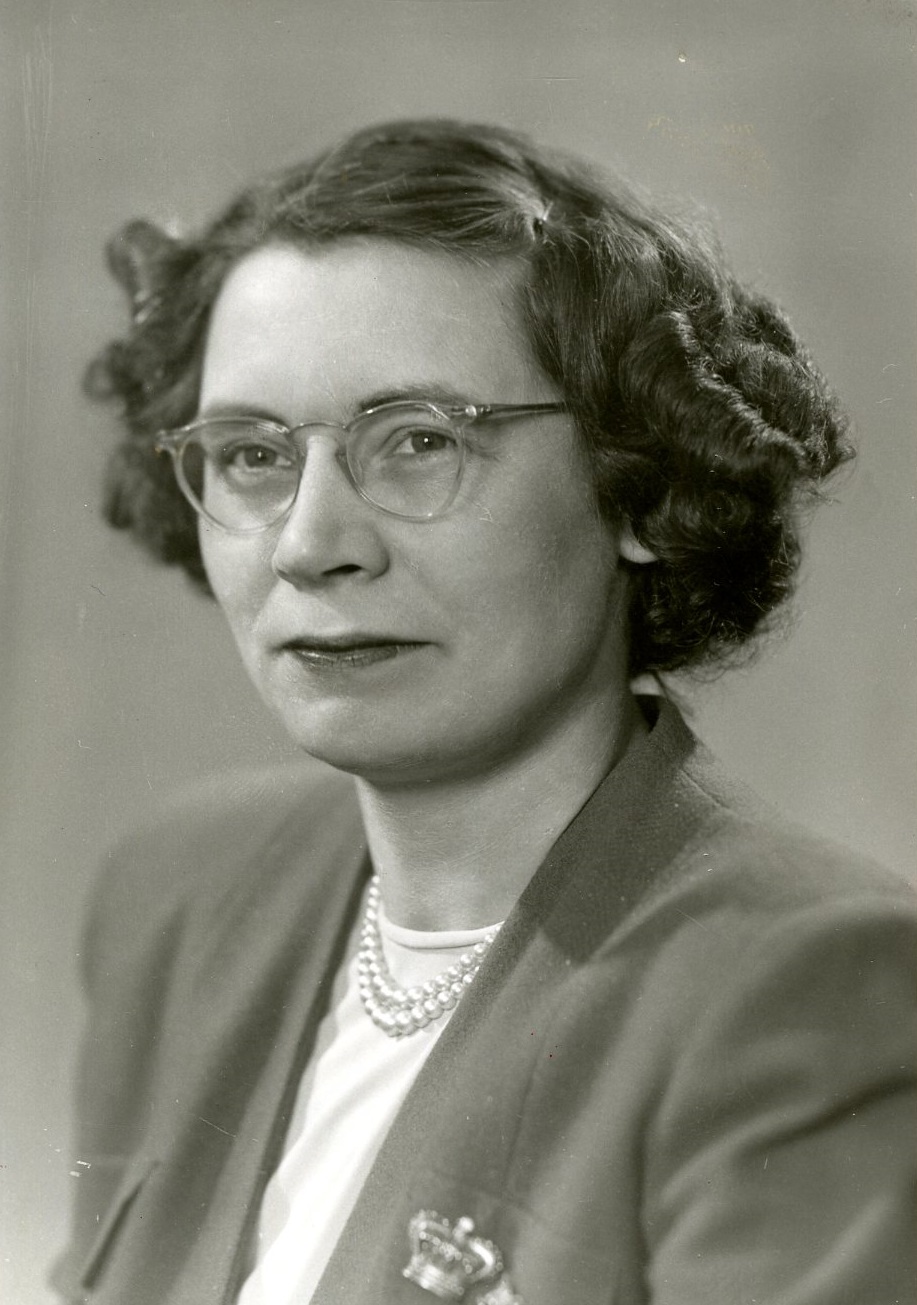Cla ra Duea taught music classes and directed musical groups at Concordia for nearly two decades. In 1927, she established Concordia’s Music Club, which performed and sponsored the first Christmas Concert, a tradition that continues at the college. ra Duea taught music classes and directed musical groups at Concordia for nearly two decades. In 1927, she established Concordia’s Music Club, which performed and sponsored the first Christmas Concert, a tradition that continues at the college.
|
Margaret Teigen was a member of the first graduating class from Concordia College’s Practical Program. As the only female member of the class, Teigen paved the way for other women to enroll at Concordia and believe that they too could obtain an education. Teigen continued her involvement with the college by serving on the faculty for several years following her graduation before she enrolled in medical school to become a practicing physician.
|
 In 1968, Concordia College opened Hallett Hall, an all-women’s dormitory, along with Erickson Hall, an all-men’s dormitory. The dormitories were built as different sections of one complex. It was the first time since the college’s very early years, when its single building was home to both sexes by necessity, that men and women lived in such close proximity. Hoyum Hall was a former women’s dormitory that became the first building on campus to house both male and female students in 2008. In 1968, Concordia College opened Hallett Hall, an all-women’s dormitory, along with Erickson Hall, an all-men’s dormitory. The dormitories were built as different sections of one complex. It was the first time since the college’s very early years, when its single building was home to both sexes by necessity, that men and women lived in such close proximity. Hoyum Hall was a former women’s dormitory that became the first building on campus to house both male and female students in 2008.
|
 Fjelstad Hall was built on Concordia’s campus in the late 1930s as a new women’s dormitory. One of the most attractive buildings on the college grounds, it provided female students comfortable accommodations and supervision while they were away from home. Though periodically remodeled and updated, the dormitory was used consistently for female campus housing until 2014. Fjelstad Hall was built on Concordia’s campus in the late 1930s as a new women’s dormitory. One of the most attractive buildings on the college grounds, it provided female students comfortable accommodations and supervision while they were away from home. Though periodically remodeled and updated, the dormitory was used consistently for female campus housing until 2014.
|
 In 1921, a group of faculty women and wives at Concordia College in Moorhead, Minnesota joined together to form a club devoted to both social activities and to raising money for students in financial need. In the almost seventy years that followed, the Concordia Women’s League formed successful student loan and scholarship funds, contributed to several worthwhile campus projects, and developed a long-lasting legacy. In 1921, a group of faculty women and wives at Concordia College in Moorhead, Minnesota joined together to form a club devoted to both social activities and to raising money for students in financial need. In the almost seventy years that followed, the Concordia Women’s League formed successful student loan and scholarship funds, contributed to several worthwhile campus projects, and developed a long-lasting legacy.
|
 Barbara Glasrud (née Crawford), taught art history at Concordia College for over three decades. During her time at the college, she shared her enthusiasm for art and culture with many students and was instrumental in building the art program at Concordia. Barbara Glasrud (née Crawford), taught art history at Concordia College for over three decades. During her time at the college, she shared her enthusiasm for art and culture with many students and was instrumental in building the art program at Concordia.
|
 Concordia’s tradition of crowning a homecoming queen began in the 1920s. Student movements and the influence of the 1960-70s society affected the practice. Due to student concerns, the 1974 Homecoming Chairperson Ken Fitzer substituted the tradition of voting for a homecoming queen with the Don Awards, which was a recognition given to four exemplary senior students. The current practice of crowning both a king and queen began during the homecoming festivities in 1977. Concordia’s tradition of crowning a homecoming queen began in the 1920s. Student movements and the influence of the 1960-70s society affected the practice. Due to student concerns, the 1974 Homecoming Chairperson Ken Fitzer substituted the tradition of voting for a homecoming queen with the Don Awards, which was a recognition given to four exemplary senior students. The current practice of crowning both a king and queen began during the homecoming festivities in 1977.
|
 Dorothy Johnson was hired by Concordia College in 1953 as Fjelstad dormitory resident head and assistant to the dean of women. Soon after her arrival she founded the college’s Reading Service to improve students’ reading skills. She also developed an annual Conference on Reading at Concordia and became president of the Minnesota Reading Association in 1966. Dorothy Johnson was hired by Concordia College in 1953 as Fjelstad dormitory resident head and assistant to the dean of women. Soon after her arrival she founded the college’s Reading Service to improve students’ reading skills. She also developed an annual Conference on Reading at Concordia and became president of the Minnesota Reading Association in 1966.
|
 Margaret Nordlie came to Concordia first as a student and then returned to teach classes in library science and work in the library under head librarian Anna Jordahl. In collaboration with Jordahl, Nordlie facilitated the growth of library collections as well as the beginnings of the Concordia College Archives. Margaret Nordlie came to Concordia first as a student and then returned to teach classes in library science and work in the library under head librarian Anna Jordahl. In collaboration with Jordahl, Nordlie facilitated the growth of library collections as well as the beginnings of the Concordia College Archives.
|
When the United States decided to forego their neutrality to the first World War in 1917, thousands of American men were drafted into the armed forces. Although women were unable to enlist, their services were required and appreciated in Red Cross work either as nurses or as citizen volunteers simply rolling and packing bandages. Women of Concordia College were quick to participate in the Moorhead chapter of the Red Cross by rolling bandages and knitting sweaters, mittens, caps, and scarves.
|
ra Duea taught music classes and directed musical groups at Concordia for nearly two decades. In 1927, she established Concordia’s Music Club, which performed and sponsored the first Christmas Concert, a tradition that continues at the college.






